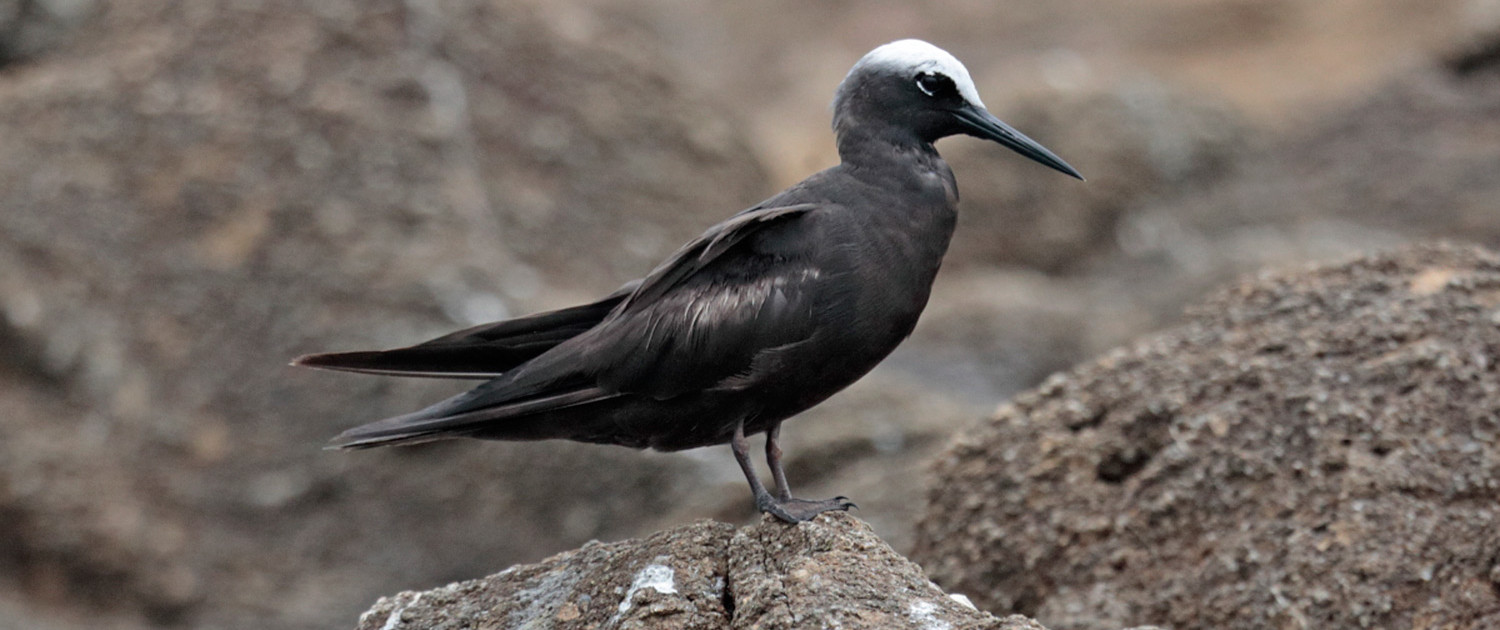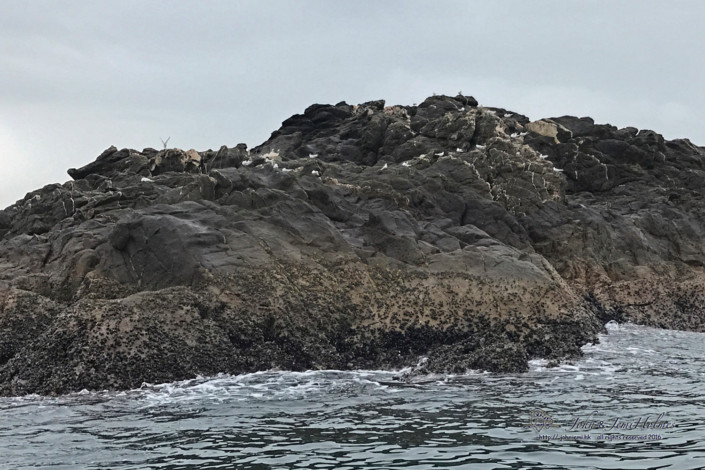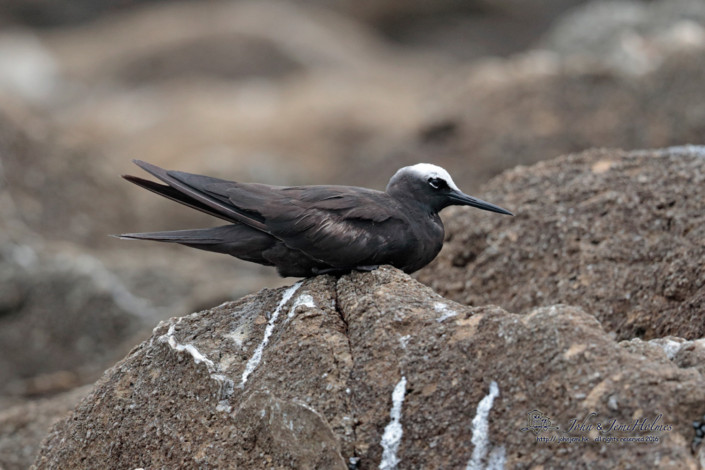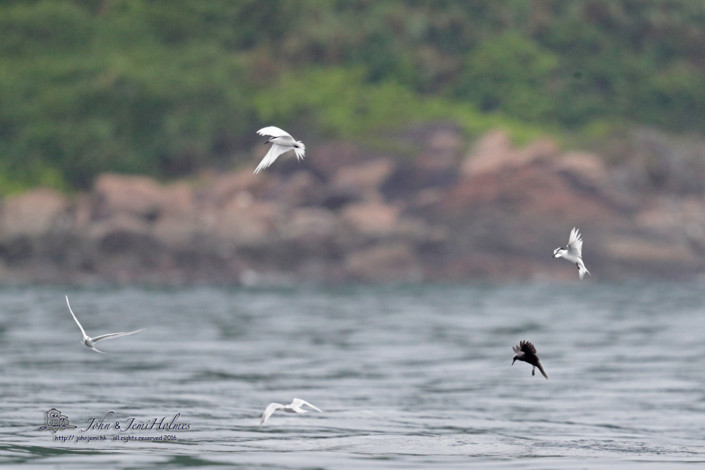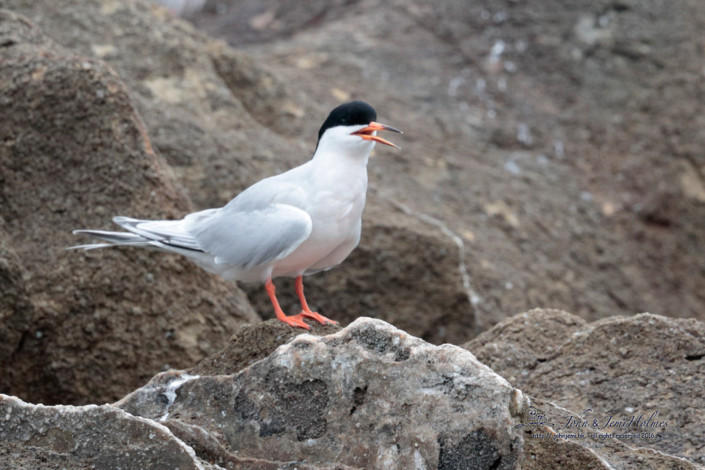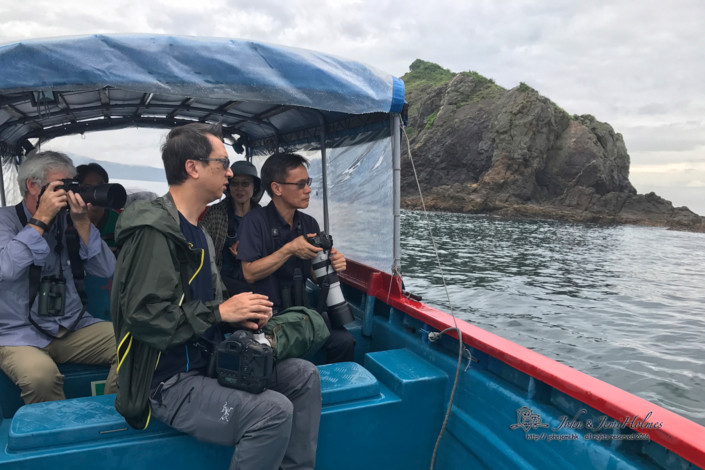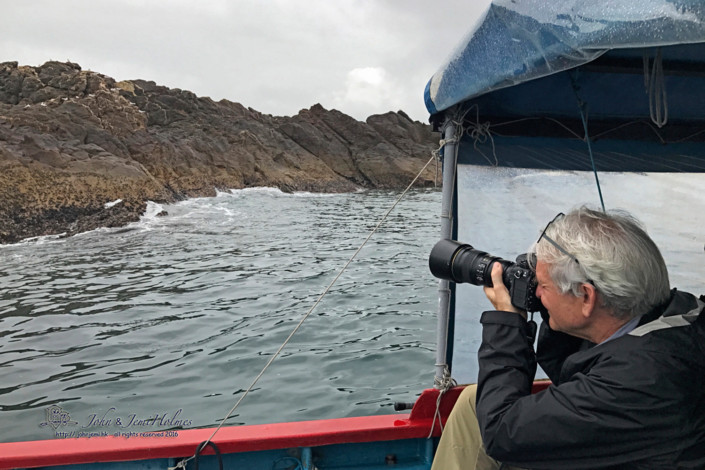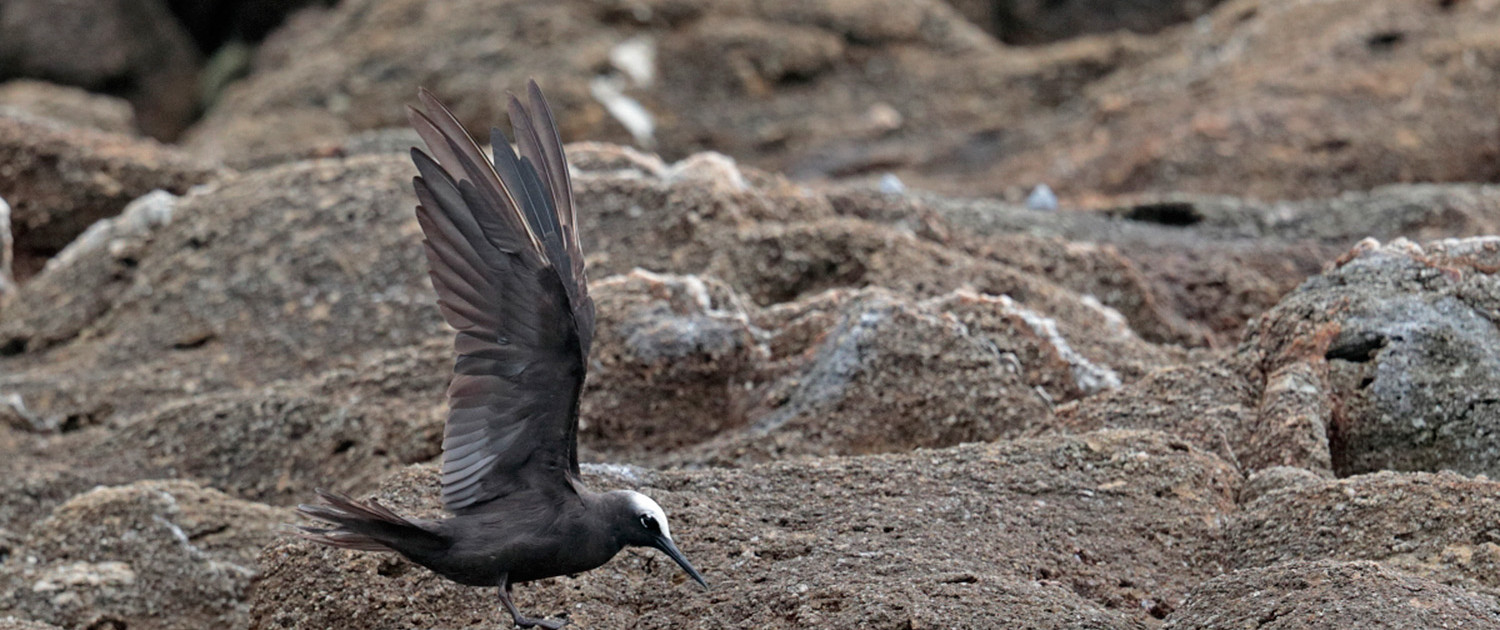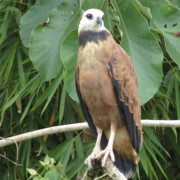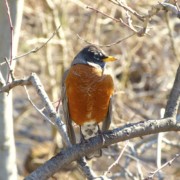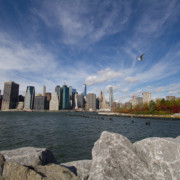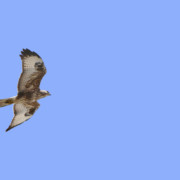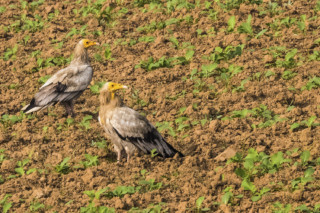Three species of tern breed on the rocky islets off the northeast coast of Hong Kong’s New Territories: Bridled, Black-naped and Roseate Terns. They brave man-made hazards such as anglers who land on the islands and disturb their nesting areas, plus natural ones like the summer storms. Indeed, storms such as Typhoon Merbok – the first of the season – that swept up from Luzon in mid-June with a lot of rainfall in the days following it.
The breeding success (or otherwise) of the tern population is monitored from hired boats by counters from the HK Birdwatching Society subsidised by the Hong Kong Government’s Agriculture Fisheries and Conservation Department.
During the Tern Count on Sunday 18th June 2017 an unusual, darker bird with a light cap was seen on Kung Chau near Tap Mun Island, one of the rocky outcrops popular with the terns. It was initially put out as a Brown Noddy, but viewing conditions were affected by the gloomy weather. Hong Kong’s only previous Brown Noddy was seen and photographed by Geoff Welch from Po Toi Island back in 2006 in the wake of Typhoon Chanchu.
As that had been a single-observer record all the other listers in Hong Kong, including me, still ‘needed’ Brown Noddy. So, after a couple of phone calls five keen twitchers agreed, despite the weather, to meet up on the Tap Mun Ferry at 08:30 the day after the first sighting to head for Hong Kong’s eastern waters. We hired a speedboat but the boatman had expressed misgivings about going out as a thunderstorm warning was up and there was also the possible prospect of poor visibility during the squalls. However, when we arrived on the pier at Tap Mun at 10:00 the rain was easing off – well, from torrential to heavy – and there wasn’t much wind at all. Mercifully, the sea was calm. Then a WhatsApp message flashed on my phone with the news that Sunday’s noddy – upon review of some photos taken – could now be Black, rather than Brown. Black Noddy would be a ‘first’ for Hong Kong.
Clad in our full rain gear and with a renewed spring in our step we piled into our speedboat replete with transparent plastic ‘windows’ to keep out most of the wind and rain. We purposefully cruised round the south of Tap Mun and up to the rocky islet of Kung Chau. As we approached the rocks we could see and hear the Roseate and Black-naped Terns, despite the recent awful weather.
We scanned anxiously while the rain pattered on the sea surface around us. Suddenly, there was the noddy, about twenty metres away. We had practically driven right up to it, but the bird wasn’t concerned about us bobbing about in a small boat. Landing on the tern islands was out of the question, but we didn’t have to because we had a great view from the boat. We put out a WhatsApp message to the effect that our noddy was a Black Noddy, the first for Hong Kong. The noddy was quite a worn individual. The nearest known population of this species is in the Sulu Sea, between the Philippines and Borneo. Although there have been one or two records off Taiwan, there have been no previous records from mainland China.
We all knew we were lucky to get the bird so readily and there were congratulatory high-fives all round! We took many photos and after a while the noddy departed, following some of the Roseate and Black-naped Terns to feed out at sea. When the birds returned to the rocks the Black Noddy dropped in almost exactly where we had seen it before and began preening. It actually stopped raining while we had the bird in view but the light could not have been described as bright.
Well pleased with our sighting and grateful for the diligence of the Birdwatching Society’s Tern Surveyors, we left the lonely Black Noddy on Kung Chau and headed to Wong Shek Pier for the bus homewards – back into the pouring rain.

